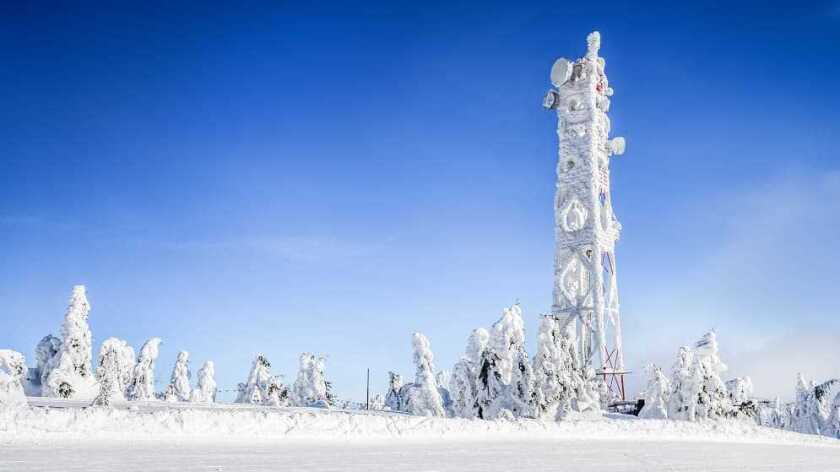"The Arctic has traditionally been a digital bottleneck, or 'black hole,' negatively impacting residential, commercial and government clients living and working in the region and slowing economic, information and commerce activity around the world," said George Tronsrue, interim CEO of Quintillion. "Our developing Arctic infrastructure, located in one of the highest latitude regions of the world, coupled with a resurging international push to launch thousands of new satellites over the next decade, strongly positions us to be the leading infrastructure provider to U.S. and North American partners/clients and to global satellite ground station operators. Additionally, we can offer a unique and cost-effective solution to the international space community in the months and years ahead. We expect our project with ATLAS will be the first of many, as we believe the forecasted data explosion in space will make what we have experienced here on Earth over last two decades seem miniscule by comparison."
The new facility, called Quintillion-ATLAS 3.7, will become North America’s highest latitude ground station and will be used by both the US government and commercial customers. It will leverage Quintillion’s existing fibre-optic infrastructure, adding to ATLAS’ growing global FREEDOM network, a series of global ground antennas, to provide greater data access from space.
"Access to high speed connectivity in the Arctic has been a challenge until now," added Sean McDaniel, CEO and co-founder of ATLAS. "Our partnership with Quintillion enables ATLAS to overcome this challenge while providing a significant capability to our customers on U.S. soil. It is significant because this project is entirely privately funded, which gives our U.S. Government and commercial customers a more affordable option for secure, resilient high-speed connectivity to polar orbiting satellite missions. We look forward to expanding our network across the Quintillion subsea cable system, whenever we are able to leverage their Arctic presence and capabilities."
Thanks to this collaboration between the two, for the first time the US has a competitive solution for accessing data created and transmitted in space. The project is due for completion Q1 of 2020.






